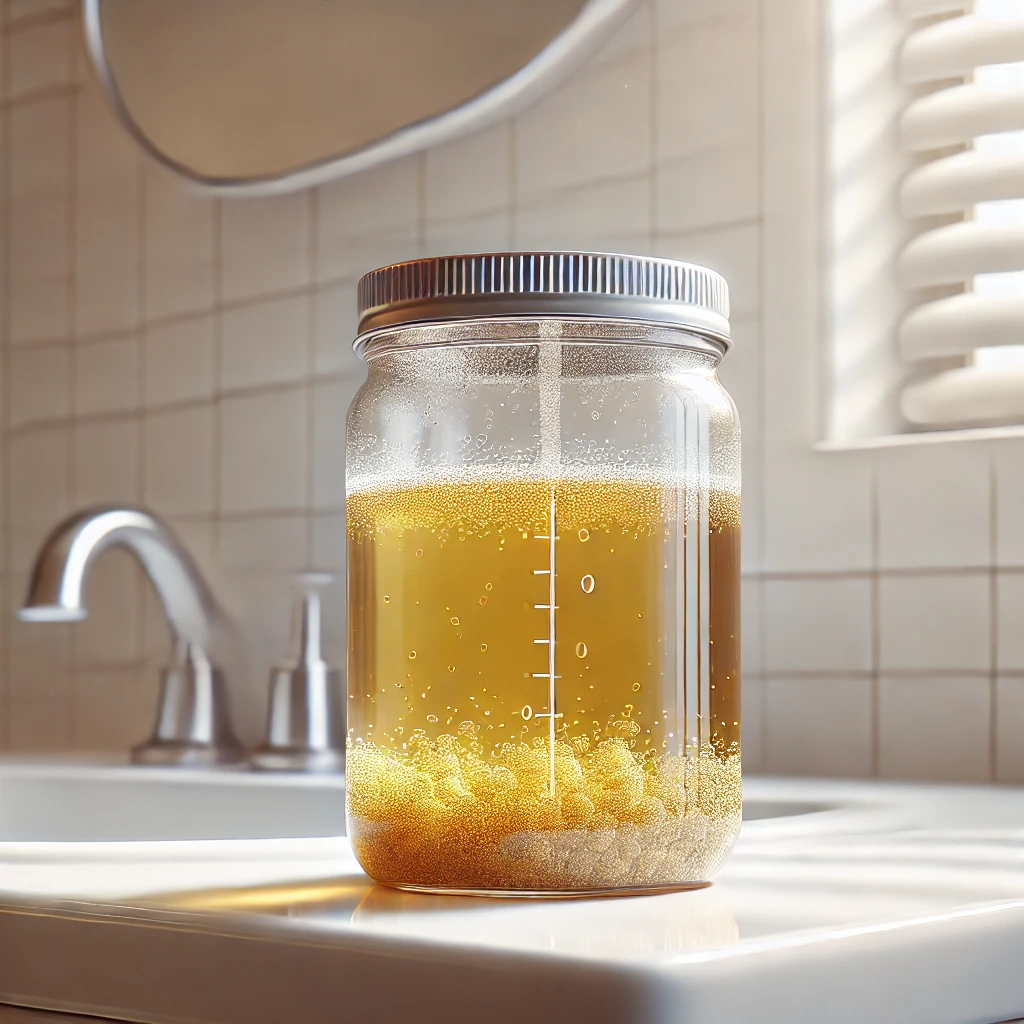Your kidneys play a crucial role in filtering waste from your blood and maintaining overall health. But how can you tell if your kidneys are functioning properly? While medical tests like blood work and urinalysis provide precise answers, some natural health practitioners suggest an at-home urine sediment test to assess kidney filtration.
This simple test may give you insights into how well your kidneys are removing cellular waste. Let’s explore how it works, what to look for, and what your results might indicate.
What Is the Kidney Filtration Test?
The kidney filtration test is an at-home observation method that involves examining your urine for visible sediment. The idea is that when your kidneys are filtering properly, they should be removing metabolic waste, which may show up as tiny particles, mucus strands, or cloudy sediment in your urine.
Clear urine, on the other hand, could indicate that your kidneys are not filtering out waste effectively, potentially leading to toxin buildup in your body.
How to Perform the Kidney Filtration Test at Home
Step 1: Collect Your First-Morning Urine
As soon as you wake up, collect your urine in a clean, clear glass jar or container.
Morning urine is best because it has been sitting in your bladder overnight, giving a clearer picture of kidney filtration.
Step 2: Let It Sit for a Few Hours
Place the jar in a still spot at room temperature.
Let it sit undisturbed for at least 4–6 hours to allow any sediment to settle at the bottom.
Step 3: Observe the Sediment
After a few hours, check the jar under good lighting.
Look at the bottom of the jar for tiny particles, cloudy sediment, or mucus strands.
Interpreting the Results
- Visible Sediment (Good Filtration)
If you see cloudy urine, small floating particles, or white strands at the bottom, it suggests that your kidneys are filtering out waste properly.
This indicates that metabolic waste and cellular debris are being expelled from the body as they should be.
- Clear Urine (Potentially Poor Filtration)
If the urine remains completely clear with no visible particles, it could indicate that your kidneys are not filtering effectively.
This may mean waste is being retained in your body instead of being properly eliminated.
What If You Have Poor Filtration?
If your test shows clear urine, it might be a sign that your kidneys are not filtering waste efficiently. Here are some natural ways to support kidney function:
- Hydration
Drink plenty of water to help flush toxins from your system.
- Diet Adjustments
Reduce processed foods, excess protein, and sodium, which can burden the kidneys.
Eat plenty of raw fruits, vegetables, and natural hydrating foods like watermelon and cucumber.
- Herbal Support
Herbs such as dandelion root, nettle leaf, and parsley are known for their kidney-supporting properties.
- Fasting and Detoxification
Intermittent fasting and juice cleansing can support kidney function by reducing the workload on the organs and allowing them to cleanse more efficiently.
Final Thoughts: Should You Rely on This Test?
While the at-home kidney filtration test is a simple and non-invasive way to observe your body’s natural waste removal process, it is not a definitive medical test. If you notice consistently clear urine and suspect kidney issues, consider getting professional tests such as:
Urinalysis – Checks for protein, blood, and waste products in the urine.
Creatinine & BUN Test – Measures waste levels in the blood.
Glomerular Filtration Rate (GFR) – Assesses kidney function over time.
This test can be a useful tool for self-awareness, but always follow up with a healthcare professional if you have concerns about your kidney health.


